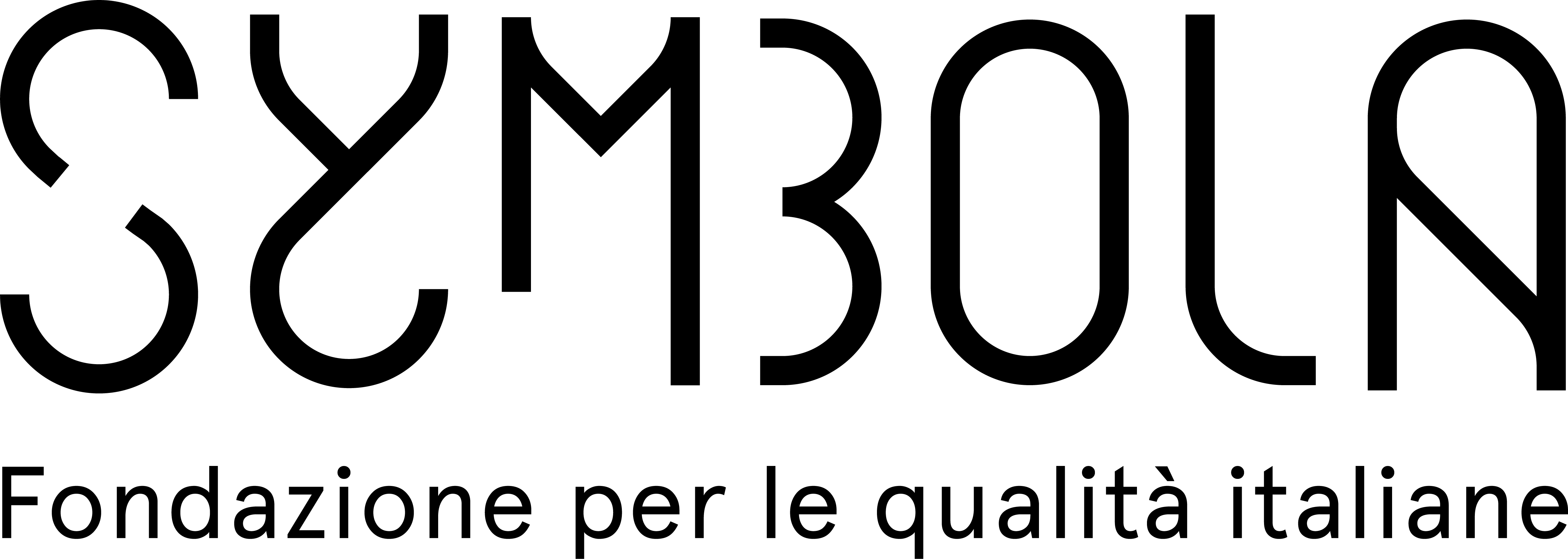Musei 2.0. Quali strategie? Uno speciale su Artribune sul focus group organizzato da Symbola e Melting Pro in collaborazione con Link Campus University e IBC Emilia-Romagna partner italiani del progetto europeo Mu.SA.
Pubblicato all'inizio di febbraio sul magazine on line, ora è disponibile anche in inglese (traduzione a cura di MeltingPro).
Di seguito e in allegato per leggere l'articolo.
Museums 2.0: wich strategy?
Facing the massive diffusion of digital and technology, museums are also expected to develop 2.0 strategies to find their place in the contemporary world.
This was one of the topics debated in the focus group with museum experts all over Italy that took place at the MAXXI Museum in Rome last December 2016.
Today technology and digital devices have an impact in our daily life. According to Audiweb internet is used by 30,1 million people in Italy, more than half of the population. To be digital or not to be digital, it’s no longer a dilemma.
How museums are facing the change and what competences they need is what we are investigating thanks to the project Mu.SA – Museum Sector Alliance financed by the EU Commission within the Erasmus Plus programme. The partnership led by Hellenic Open University is made by 12 organisations from Greece, Italy, Portugal and Culture Action Europe from Belgium.
Do we have an answer to match the museums’ needs regardless their dimension and resources? What are the new job profiles emerging today thanks to the new technologies in museums?
Around these topics a focus group “Digital Innovation and Museums” was organised at the MAXXI Museum in Rome last 5 December 2016. The event was organised by Symbola Foundation and Melting Pro in collaboration with Link Campus University and the Institute of Cultural Heritage of the Emilia-Romagna Region.
The project has a twofold goal. One is to identify emerging careers linked to the digital aspects in museums and the other is to fill the gap in digital competences by developing training in line with the sectors’ needs in Italy, Portugal and Greece.
The event is only one of the many activities in this first research phase that the partners are carrying out in the 3 countries. Additionally in-depth interviews with 10 museum experts are going to be conducted in each country and a mapping of training. Eventually the results will be published in a report.
A CITIZEN’S MUSEUM
The discussion, led by Simona Caraceni, (Artribune), started by arguing that before anything else museums should profoundly reflect upon their mission. Due also to the recent Copernican revolution that is affecting the sector and that places audiences as protagonists at the centre, generating the side effect of downsizing the role of professionals. “This revolution raises the problem of the Citizens’ Museum, meaning by citizens whoever exert their rights through culture”. Cultural rights to foster social inclusion, in line with cultural policies overlapping more and more with social policies.
It goes without saying that communication, meaning the transmission of knowledge selected by the curators, by the learning department and by the same audiences, is the main pillar for the 2.0 museum, that recognises the importance of audiences.
Audience development should be explored in all its aspects, not only in quantitative terms, but also as a way of deepening the relationship with diverse audiences, more and more segmented according their needs. Here starts the power of technology “ Digital is a means through which Audience development can be better articulated. The significance is that is not only about communication, but it’s also a way of producing culture”. Technology is a means to an end, not an end in itself. It’s part of a more complex strategy, to develop audience and local relationships (reaching the other part of Italians that are not online), to ensure the institution’s social and financial sustainability as well as heritage preservation.
Italian Museums are still quite behind in some areas such as collection digitalisation and the use of innovative digital tools and contents able, not only to reach audiences and make culture more accessible, but also to enrich the experience inside the museum and keeping the relationship going after the visit.
Ultimately participants around the table share the same purpose: develop new tools that will allow people and other stakeholders to co-create contents and programming.
LIMITATIONS and ACHIEVEMENTS
The target is still far to be hit “Today many museums are just beginning to step into the digital age: they don’t have adequate staff. They tend to think by instruments and not by what they want to achieve”. Many are the cultural barriers to overcome in a country where, the latest and long waited open competitive exam to employ 500 museum professionals, never required to any of those open positions, digital skills. Let alone the future museum communication managers.
It’s common practice in Italy to outsource the digital services, as well as other services, especially the learning and education services.
Generally speaking, the communication and social media positions in a museum, when it exists, it’s often unstable and suffers from a too hasty turnover, due mainly to the employment of interns in that position.
Besides a wish of making these roles permanent and somehow placed in a networking system that could benefit small museums too, digital literacy training is needed at all levels.
This will enable a higher quality of the digital content produced, without risking weakening the artistic or aesthetic value, their lasting conservation and constant updating.
“Sometimes Museums ignore the possible options they could choose. There are no clear ideas from who commissions the job. Many products get out of date very fast. It’s essential to build a more considerate relationship between offer and supply.” “Without national policies, the digital is going to increase the differences, instead of overcoming them”.
And if the limit is not only about technology but is also a cultural one, not less important are those soft skills needed to enable innovation and change: first of all, the ability to listen and mediate, internally and externally the real needs of both staff and audiences.
“The participation models require high level of engagement. A production of shared meaning. Museums must learn to give space, stressing a surplus of authority.”
It’s important to understand how to design and guide these processes, be able to facilitate participation”.
GROWTH AND FUTURE
Against the economic crisis, museums are growing, both at national and international level.
They are trying to rethink their role. After long being considered as “non places”, which aim was only to attract tourists, today they are more and more committed to develop local relationship.
Within this transformation, new technologies have an important strategic role in triggering stronger and broader networks.
On one side, museums are forced to transform themselves into touristic hubs, thanks to marketing tools that allow reinforcing the bond between cultural institution, the city and the community. On the other side, museums are asked to bond with the more productive and entrepreneur side of the society, the enterprises.
Taking into account start-ups, for instance, museums could be the link to put them into connection with the other local stakeholders, potential buyers of their products, a mediation role that could also entail a link with high quality craftsmanship.
This could be a way for museums to become a 360° culture hub: from artworks to digital content to craftsmanship creative- driven.
While waiting for the Mu.SA research results, we can already claim the need for more training to fill the gap and develop the new demanded competences.
In the hope that project like this one raise awareness about need of a 2.0 Museum able to reach diverse audiences online and offline in a collaborative way, since “ a museum on its own it’s not going to be able to make it. It’s crucial to learn to work in a network”.
Fondazione Symbola e Melting Pro
http://meltingpro.org/
https://symbola.net/

